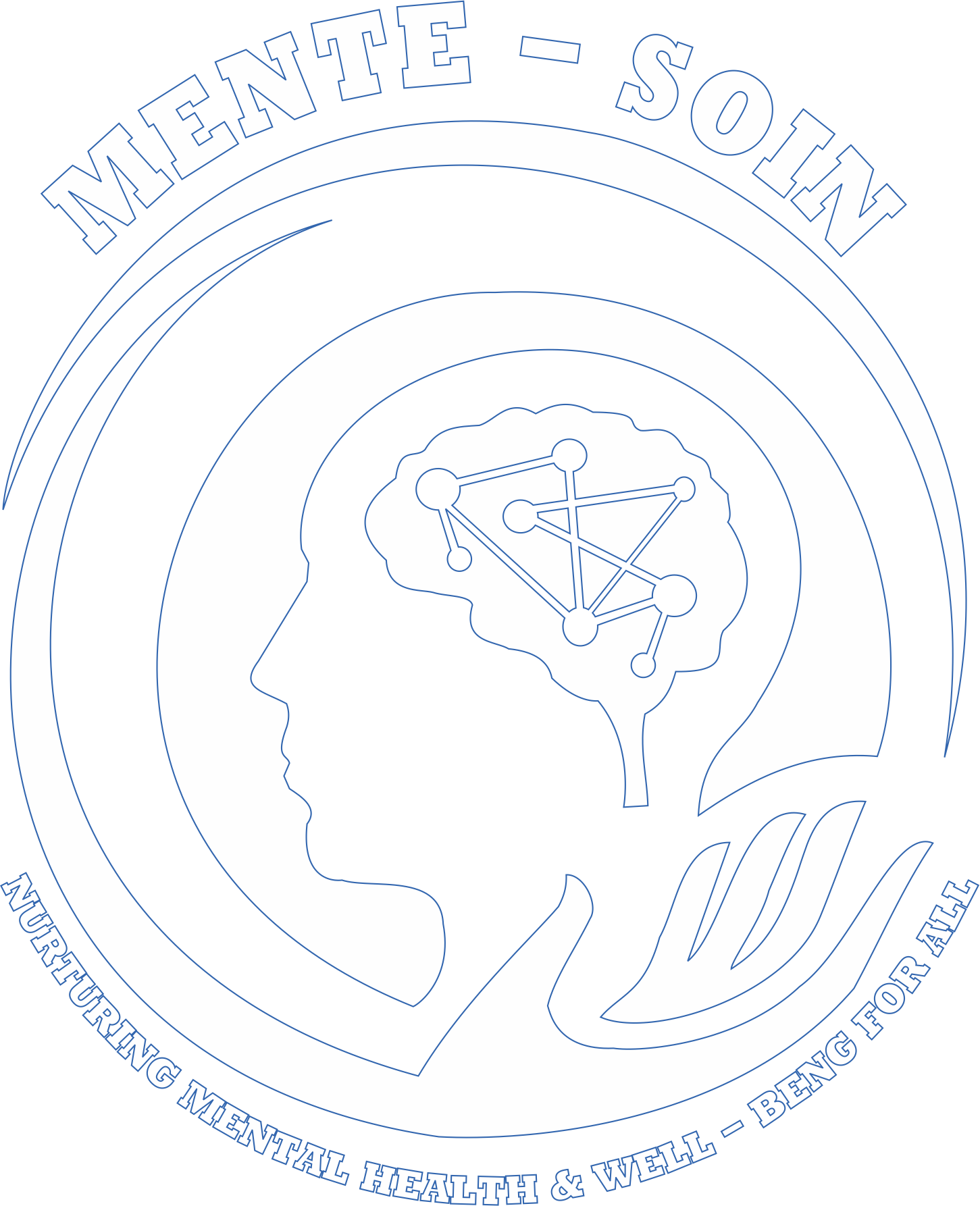Basic Trauma Work in a Psychotherapy Setting
Author: Dr. Mathew Thomas, PhD How Do We Define Trauma in Psychological and Emotional Terms? Trauma is not always as visible as an accident or the impact of war; it is often more subtle, and deeply rooted in experiences that may be unspoken or even forgotten. For many, the origins of trauma lie in early childhood, shaping their emotional and psychological development. Unfinished emotional business from these formative years can run through generations, a phenomenon known as intergenerational trauma. For others, trauma becomes deeply implanted during the first stage of human development, where trust versus mistrust forms the foundation of an individual’s worldview. Invisible wounds such as a sense of abandonment suppressed emotions, and unmet needs can evolve into perceptions of rejection, anger, and low self-esteem. These feelings compound over time, creating a growing sense of abandonment in adulthood. Childhood often scripts and authors a person’s emotional and psychological profile, leaving a legacy of pain that is carried into significant relationships. For many, the roles of mother or father, whose relationships may have been sources of hurt, are replaced by a spouse, perpetuating unresolved dynamics. Trauma as a Psychological, Emotional, and Spiritual Journey Trauma work is a deeply psychological, emotional, and spiritual journey that many embark on as part of their healing process. It involves peeling back the layers of pain, self-perception, and unresolved experiences that shape one’s inner world. Over the years, I have embraced the mental health space to engage meaningfully in trauma work. Initially, I felt apprehensive about stepping into such a sensitive terrain, knowing the immense responsibility it carried. However, with time, experience, and growth, I now offer what I refer to as “the holding place.” This concept, inspired by Donald Winnicott’s pioneering work in object relations theory, underscores the significance of creating a nurturing and secure environment where individuals feel safe to explore their trauma. Winnicott’s notion of the “holding environment” emphasizes that feeling supported and understood is fundamental to confronting pain. This emotional scaffolding becomes the foundation for many individuals’ healing journeys, allowing them to face their deepest wounds without fear of judgment. The Long-Term Impact of Trauma Trauma leaves an indelible mark, often manifesting as self-blame, guilt, emotional paralysis, and a pervasive sense of inadequacy. These feelings infiltrate every aspect of life, influencing relationships, self-esteem, and even one’s capacity to pursue goals or dreams. I recall a young college student who reached out to me in the middle of the night, grappling with a deep sense of guilt. She questioned whether her parents’ divorce was the right decision. As I listened, she described the reality she faced nightly: mediating violent disputes between her parents from 8 PM to 3 AM. Her Herculean effort to maintain peace came at the cost of her emotional well-being. This student’s experience highlights intergenerational trauma, where unresolved pain and dysfunction ripple through families, leaving younger generations to bear the emotional weight. Trauma often extends beyond the individual, influencing family dynamics and shaping relationships for decades. Through therapy, she began to reclaim her sense of self, confronting the deep-seated guilt that had defined her role in her family. The Invisible Burden of Trauma As individuals and as a society, we must pause to reflect on the invisible wounds we carry. Trauma doesn’t vanish when ignored—it persists, shaping our thoughts, behaviors, and relationships. For many, these wounds remain hidden, surfacing only during moments of crisis or vulnerability. One of the most challenging aspects of trauma is the isolation it creates. Traumatized individuals often feel that their pain is uniquely theirs, perpetuating shame and self-blame. This isolation creates a vicious cycle, making it difficult for individuals to seek help or articulate their experiences. The harder we resist confronting these wounds, the more they persist, influencing our behaviors and perspectives in ways we may not fully understand. Recognizing and addressing these wounds is the first step toward breaking free from their grip. The Role of Safe Spaces in Healing Confronting trauma can feel overwhelming, but it is also profoundly transformative. No one should face this journey alone. A supportive environment, characterized by unconditional positive regard and non-judgmental care, is essential for healing. The “holding place” provides a sanctuary where individuals can explore their pain without fear of being judged or dismissed. It allows them to process their experiences at their own pace, guided by a therapist who offers empathy, understanding, and validation. For individuals who have experienced trauma within close relationships, trust may have been deeply fractured. In these cases, rebuilding trust often begins within the therapeutic relationship. The holding place becomes a refuge, offering the stability and support necessary for integration. Moving Beyond the Notion of Closure Healing from trauma is not about erasing the past or achieving a sense of “closure.” Life rarely provides tidy resolutions, and the concept of closure can be misleading. Trauma recovery is not a destination; it is a journey of growth and resilience. Recovery involves multiple stages: acknowledgment, processing, integration, and growth. Each stage requires patience, self-compassion, and a willingness to confront difficult emotions. For many, this journey is an opportunity for self-discovery, revealing inner strength and capacity for transformation. One critical aspect of trauma work is reframing the narrative survivors carry about their experiences. Often, individuals internalize a sense of responsibility for their pain, believing they should have acted differently. Therapy helps individuals distinguish between accountability and self-blame, empowering them to take ownership of their healing without carrying unnecessary guilt. Integration and Growth The ultimate goal of trauma work is integration—bringing together fragmented parts of oneself to create a sense of wholeness. Integration is not about forgetting the past; it is about learning to live with it in a way that enriches life rather than defining it. This process often involves redefining relationships, both with others and with oneself. Trauma can create barriers to intimacy and trust, but healing allows individuals to rebuild these connections in healthier and more fulfilling ways. Integration also fosters self-compassion, helping individuals move beyond shame and self-criticism. The Transformative Power of Trauma Work Trauma work is not



